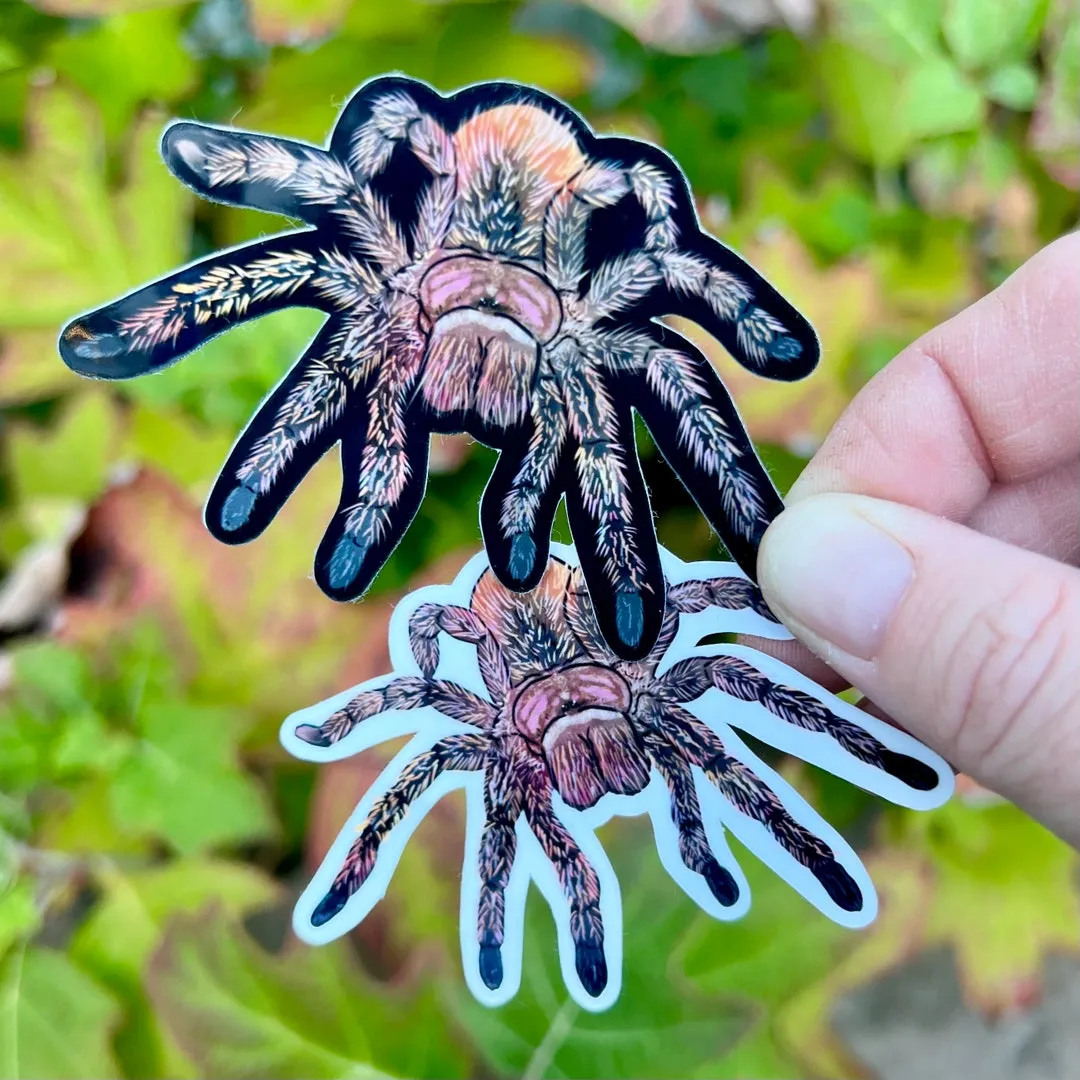What is a Rose Hair Tarantula?
The Rose Hair Tarantula, scientifically known as Grammostola rosea, is a popular choice for beginner tarantula keepers, and often available at Petsmart. These arachnids are known for their docile temperament, relatively low maintenance requirements, and stunning appearance. Native to the dry scrublands of Chile, Bolivia, and Argentina, they have adapted to survive in arid environments. Their lifespan can be quite impressive, with females living up to 20 years or more, while males typically live for around 5-10 years. Before you consider bringing a Rose Hair Tarantula home from Petsmart, understanding their basic needs is crucial to ensuring their well-being and your satisfaction as a pet owner.
Origin and Habitat
Rose Hair Tarantulas originate from the arid and semi-arid regions of South America, including Chile, Bolivia, and Argentina. In their natural habitat, they burrow underground or find shelter under rocks and fallen logs to escape the harsh sun and temperature fluctuations. They are well-adapted to dry conditions, and their care in captivity should reflect these environmental preferences. Understanding their natural habitat provides valuable insights into how to best replicate their needs in an enclosure from Petsmart. This includes providing appropriate substrate, temperature gradients, and humidity levels to mimic their native environment. You will be able to build a great habitat with the supplies provided by Petsmart.
Appearance and Characteristics
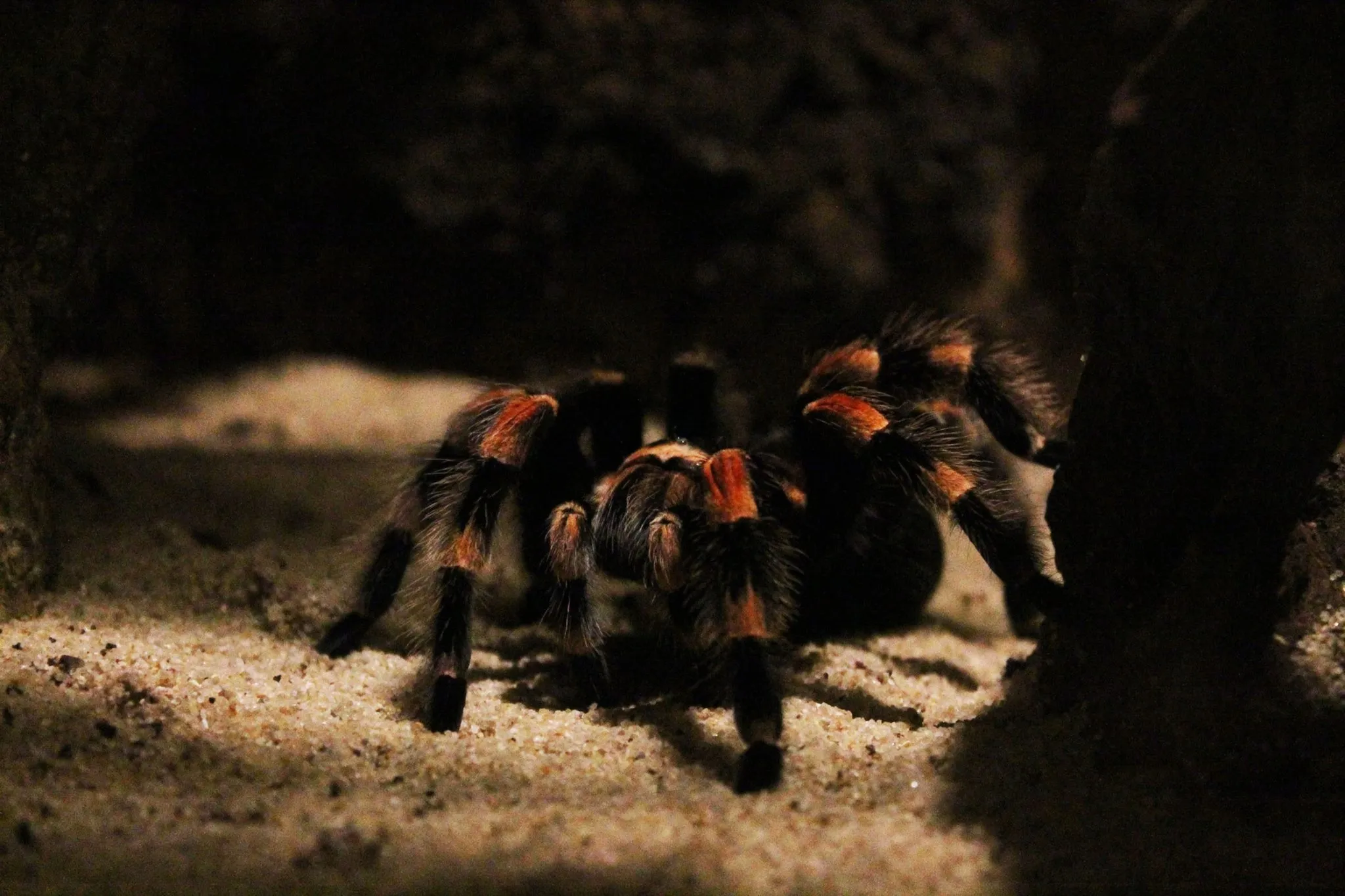
Rose Hair Tarantulas are admired for their striking appearance. They typically have a dark brown or black body covered with reddish or pinkish hairs, giving them their name. These hairs, known as urticating hairs, serve as a defense mechanism. When threatened, the tarantula can flick these hairs into the air, causing irritation to potential predators. They are relatively large spiders, with females reaching a leg span of up to 5-6 inches. Males are generally smaller. Their calm demeanor and beautiful coloration make them appealing pets, and the Rose Hair Tarantula is a great option from Petsmart to add to your family.
Setting Up Your Rose Hair Tarantula’s Habitat
Creating a suitable habitat is fundamental to the health and happiness of your Rose Hair Tarantula. The enclosure should provide a secure, comfortable, and enriching environment that mimics its natural habitat. This includes selecting the right enclosure, choosing appropriate substrate and decorations, and maintaining optimal temperature and humidity levels. With the right setup, your tarantula from Petsmart can thrive. Remember to research and gather all your supplies ahead of time to ensure a smooth transition for your new pet.
Choosing the Right Enclosure
The enclosure should be appropriately sized for the tarantula. A good rule of thumb is to choose a terrarium that is at least three times the tarantula’s leg span in width. This allows for ample space to move around and burrow. A secure lid is crucial, as tarantulas are adept escape artists. Ventilation is also important, but be sure the holes are small enough that the tarantula can’t get through them. Glass or acrylic terrariums are ideal as they provide clear visibility and are easy to clean. Petsmart offers a variety of enclosure options that will be suitable for your Rose Hair Tarantula.
Substrate and Decoration
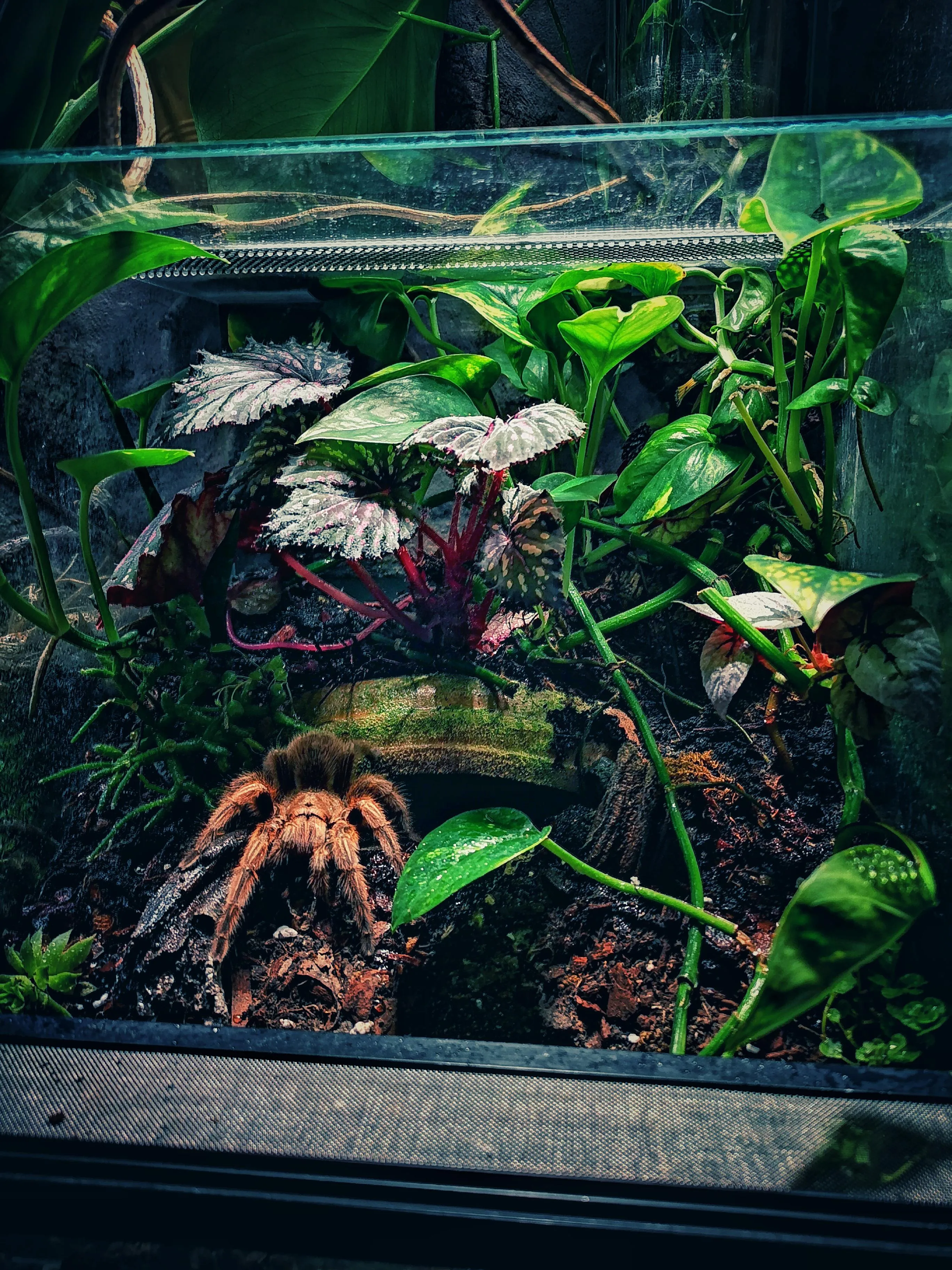
The substrate should be several inches deep to allow the tarantula to burrow if it chooses. A mix of peat moss, coconut fiber, and a small amount of vermiculite is ideal. Avoid using substrates that are too dusty or could be harmful if ingested. Decorations such as cork bark, artificial plants, and a shallow water dish can provide enrichment and shelter. Ensure that any decorations are securely placed to prevent them from falling on the tarantula. Petsmart carries safe and attractive substrate and decoration options to create a naturalistic environment.
Temperature and Humidity
Rose Hair Tarantulas thrive in a temperature range of 75-85°F (24-29°C). A heat lamp or under-tank heater can be used to maintain this temperature, but it’s important to avoid overheating the enclosure. Humidity levels should be kept relatively low, around 60-70%. This can be achieved by lightly misting the enclosure every few days, or by providing a shallow water dish. A hygrometer will help you monitor humidity levels. Make sure to keep the enclosure away from direct sunlight to prevent overheating. These elements can be easily managed, helping your Rose Hair Tarantula live a long and happy life from the moment you get it at Petsmart.
Feeding Your Rose Hair Tarantula
Proper feeding is essential for the health and growth of your Rose Hair Tarantula. They are opportunistic predators and have a relatively simple diet. Knowing what and how often to feed them ensures they receive the necessary nutrients. The information below will guide you through how to feed and what to feed your new pet, making the feeding process easy. Remember to be patient and observant, as your tarantula’s appetite may vary depending on its age, size, and molting cycle. Make sure to get a solid start by feeding your Rose Hair Tarantula once you get it at Petsmart.
What to Feed
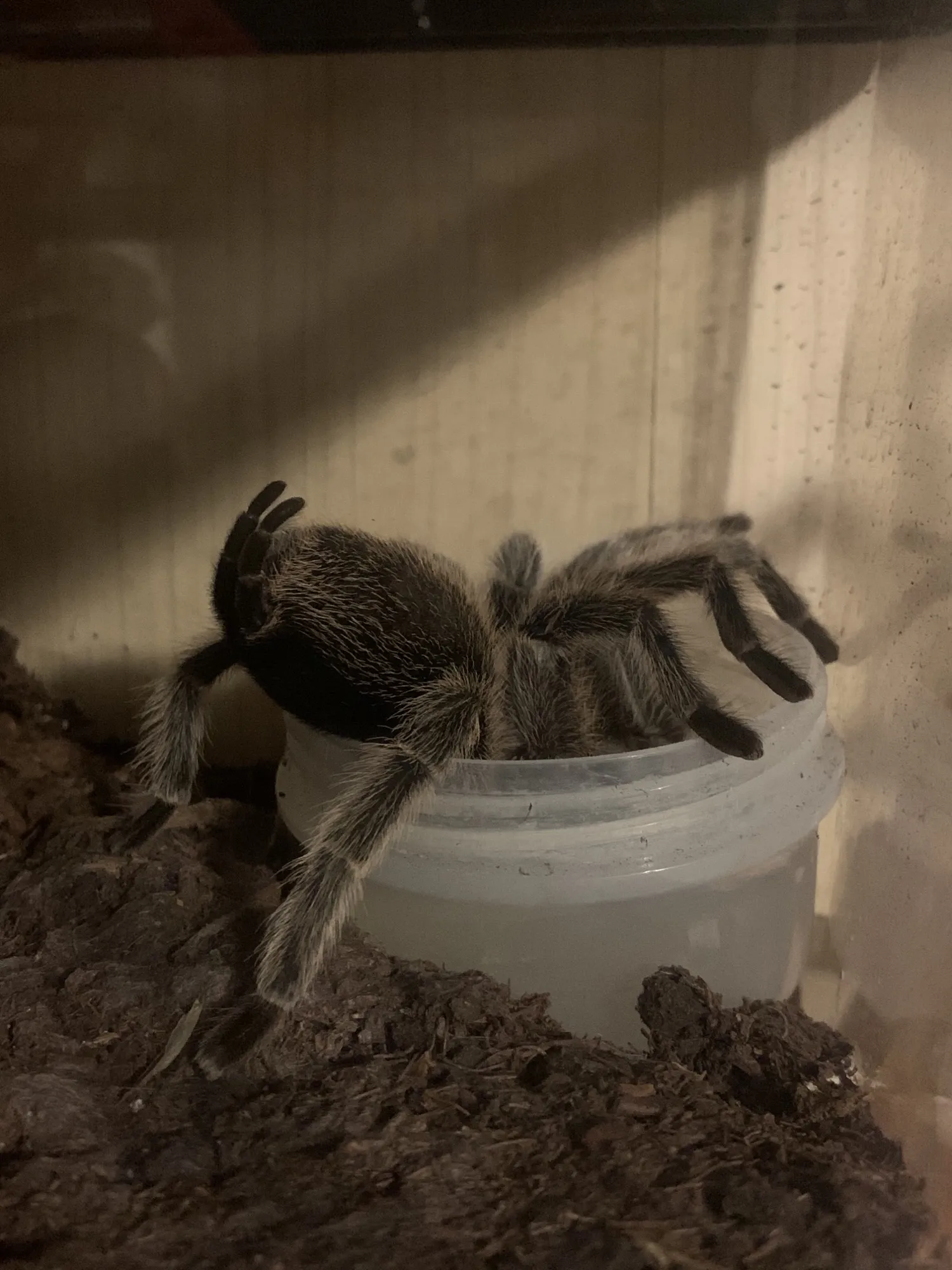
The primary food source for Rose Hair Tarantulas consists of insects. Crickets, mealworms, and roaches are all suitable options. The size of the prey should be appropriate for the size of the tarantula; generally, the prey should be no larger than the tarantula’s body. It’s important to gut-load the insects before feeding them to your tarantula. This means feeding the insects nutritious foods like vegetables and fruits, which in turn enrich the tarantula’s diet. Avoid feeding wild-caught insects, as they may carry parasites or pesticides. Petsmart often has these feeder insects available for purchase.
Feeding Frequency
Juvenile Rose Hair Tarantulas should be fed 2-3 times per week, while adults can be fed once a week or even less frequently. The feeding frequency also depends on the tarantula’s appetite and activity level. If the tarantula refuses food, it may be in premolt. Always remove uneaten prey from the enclosure within 24 hours to prevent them from stressing the tarantula. Be patient and monitor your tarantula’s behavior to understand its feeding needs. Remember that a healthy tarantula from Petsmart will often eat regularly, but slight variations are normal.
Watering and Hydration
Providing fresh water is essential for your Rose Hair Tarantula. A shallow water dish should always be available, and the water should be replaced regularly to prevent bacteria buildup. The water dish should be shallow enough to prevent the tarantula from drowning, especially for smaller specimens. You can also mist the enclosure lightly every few days to increase humidity and provide additional hydration, particularly during molting. Make sure to choose a dish that won’t easily tip over. A fresh water source is a key part of the care routine for your Rose Hair Tarantula from Petsmart.
Handling and Interaction
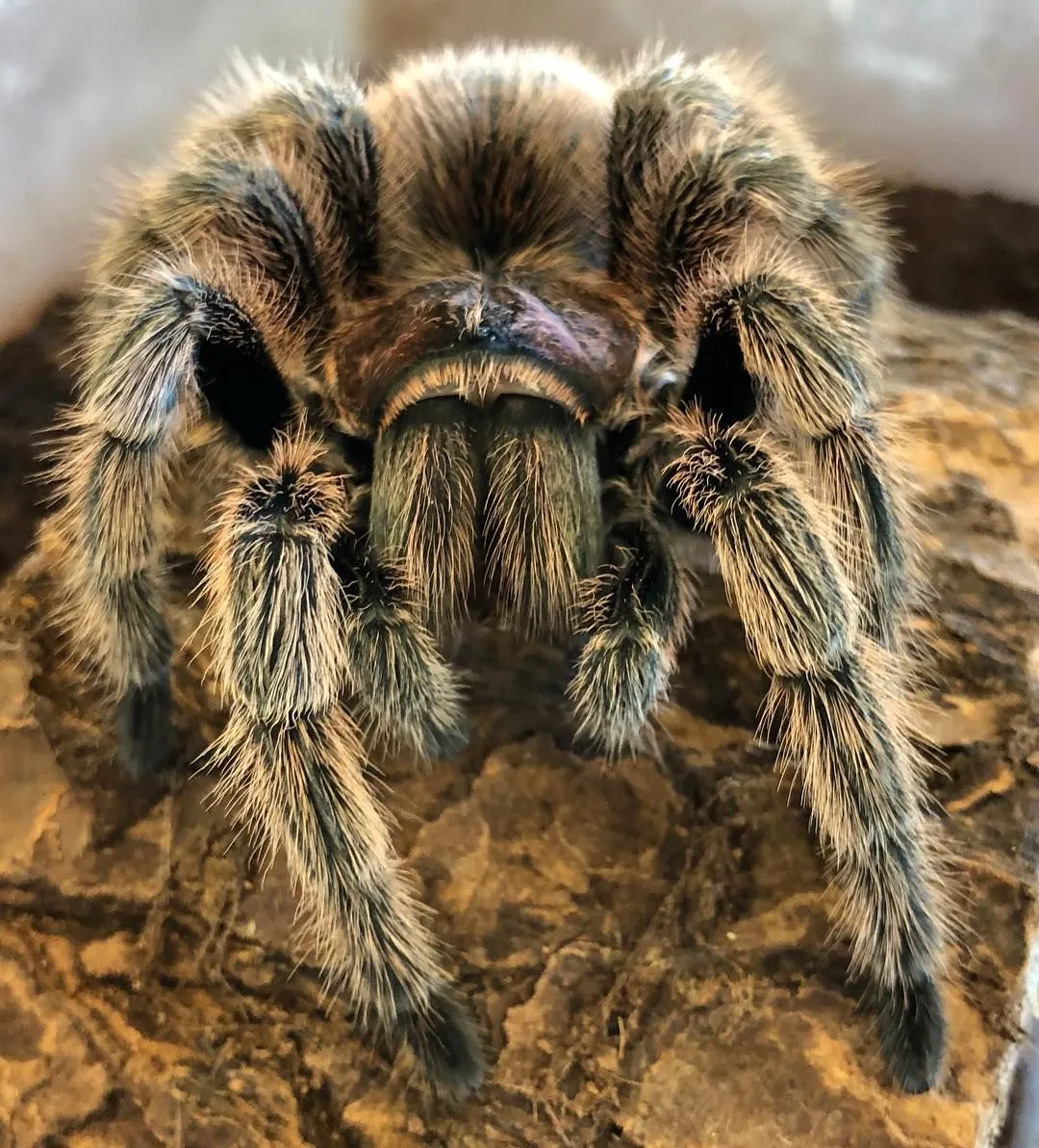
While Rose Hair Tarantulas are known for their docile nature, handling should be kept to a minimum. They are not typically social animals and do not enjoy being handled. Handling can stress them, potentially leading to injury or defensive behaviors. It’s important to prioritize the tarantula’s well-being over interaction. Even though they are not meant to be handled constantly, their calm temperament makes them easy to care for, and a great addition to your home. Remember that this is a low-interaction pet; however, it can still provide hours of enjoyment watching it in its habitat.
Is Handling Necessary?
No, handling is generally not necessary for the care or well-being of a Rose Hair Tarantula. In fact, it’s often best avoided unless absolutely necessary, such as for health checks or transferring the tarantula to a new enclosure. Over-handling can lead to stress, which can negatively impact their health and behavior. It is recommended to enjoy them from a distance and appreciate their natural behaviors. Consider handling them at the bare minimum, if any, and your tarantula will live a long and healthy life.
Safe Handling Practices
If handling is unavoidable, it’s essential to do so with caution and safety in mind. Always wash your hands before and after handling the tarantula. Handle the tarantula over a soft surface, such as a bed or a carpet, to minimize the risk of injury if it falls. Avoid sudden movements or loud noises, which can startle the tarantula and provoke a defensive reaction. Be aware of the tarantula’s urticating hairs, and avoid touching your face or eyes after handling. If you have any questions about this, you can contact the team at Petsmart.
Common Health Issues and How to Address Them
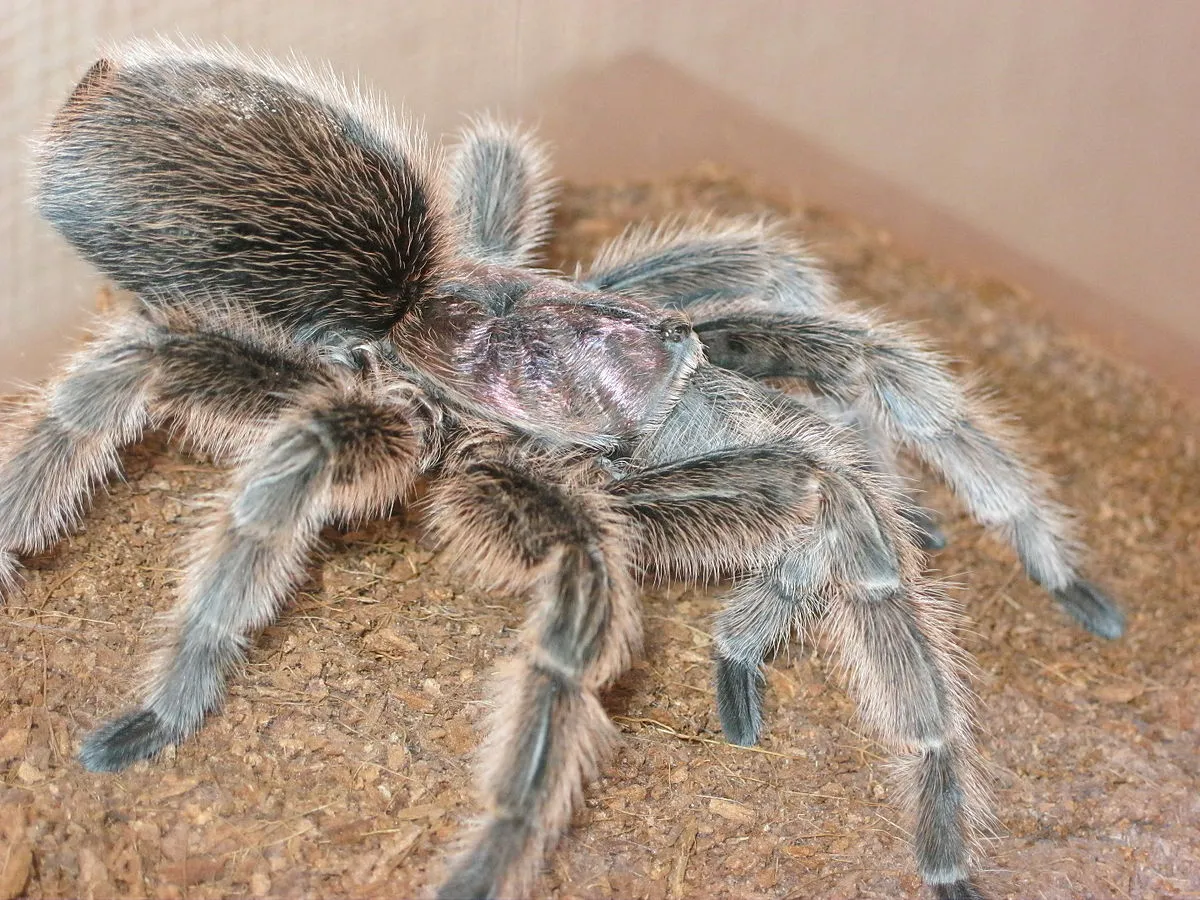
While Rose Hair Tarantulas are generally hardy creatures, they can be susceptible to certain health issues. Understanding these common problems and how to address them is crucial for responsible pet ownership. Regular observation and preventative measures can help ensure your tarantula’s health and longevity. Monitoring your pet’s behaviors, feeding, and habitat will help you to spot potential problems quickly. These tips can also help you maintain your pet’s health once you get it from Petsmart.
Molting Process
Molting is a natural process where tarantulas shed their exoskeleton to grow. During this time, they are vulnerable and should not be disturbed. The tarantula will typically stop eating and may spend more time hiding. Provide a suitable hide and maintain appropriate humidity levels. After molting, the tarantula’s new exoskeleton will be soft, and it may take a few days for it to harden. During this period, avoid feeding the tarantula. The molting process is an exciting event to experience when keeping a Rose Hair Tarantula. You should also keep in mind that the process can vary in length depending on the size and age of the tarantula.
Identifying and Treating Common Problems
Common health issues include dehydration, parasites, and fungal infections. Dehydration can be addressed by ensuring a constant supply of fresh water and maintaining proper humidity levels. Parasites are rare but can be treated with appropriate medications. Fungal infections can be prevented by maintaining a clean enclosure and removing any uneaten food. If you notice any signs of illness, such as lethargy, loss of appetite, or unusual behaviors, consult with a veterinarian experienced in treating exotic pets. Getting your tarantula from Petsmart is a great way to start your journey of owning a tarantula!
Final Thoughts on Rose Hair Tarantula Care
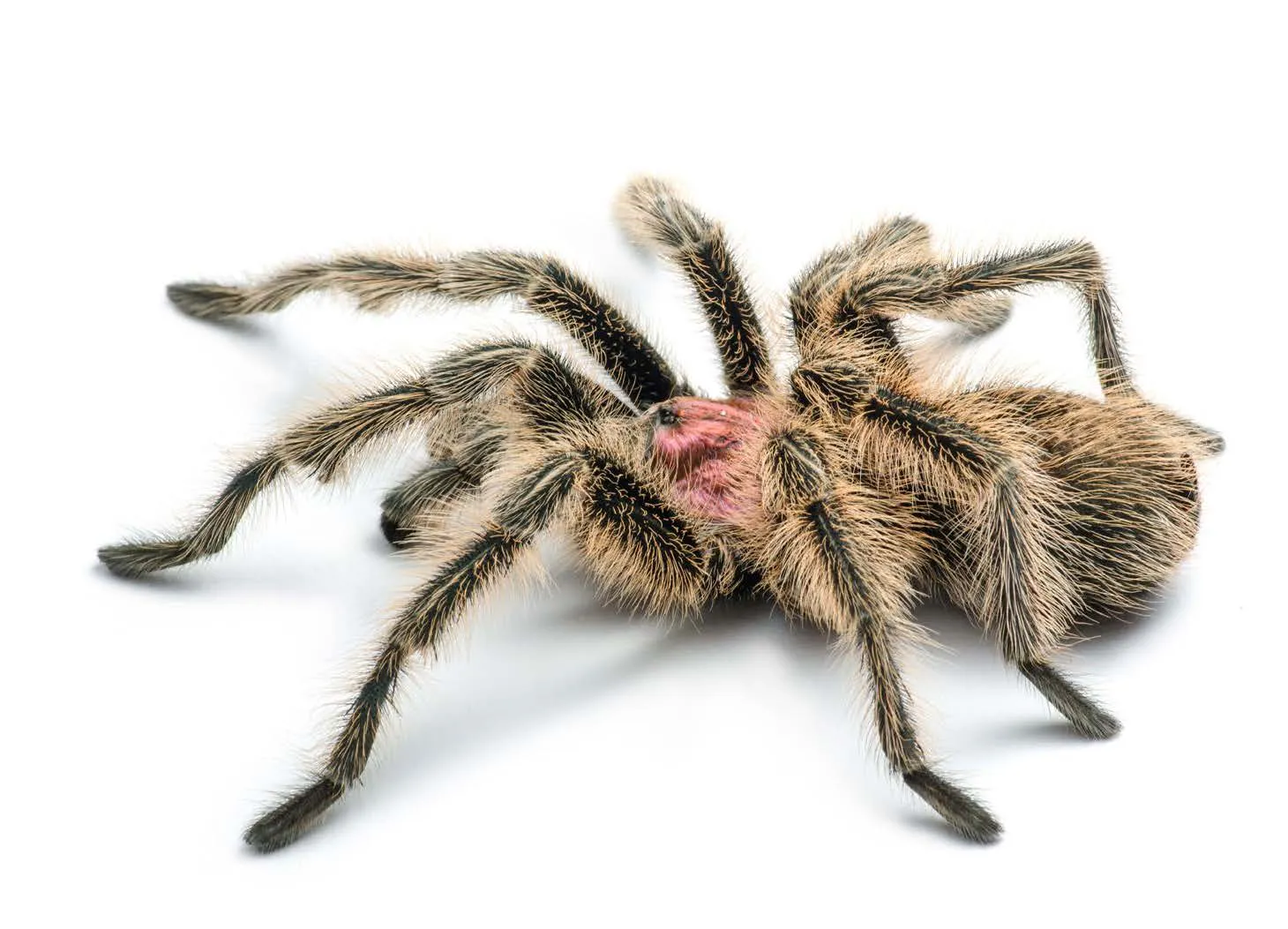
Caring for a Rose Hair Tarantula can be a rewarding experience. By providing a suitable habitat, proper feeding, and minimal handling, you can ensure that your tarantula thrives. Remember that patience, observation, and a commitment to learning are key to success. With the right care, your Rose Hair Tarantula can become a fascinating and low-maintenance pet, enriching your life for many years to come. Keep these tips in mind when purchasing your new pet from Petsmart, and you can ensure that it is a good fit for your lifestyle.
